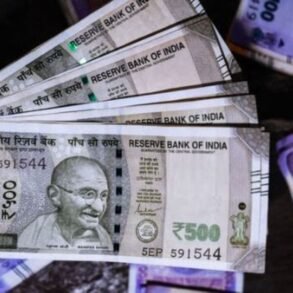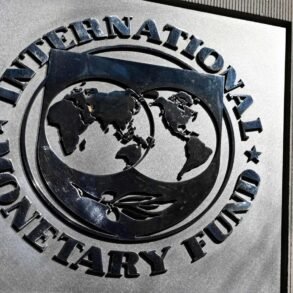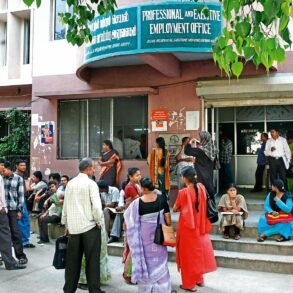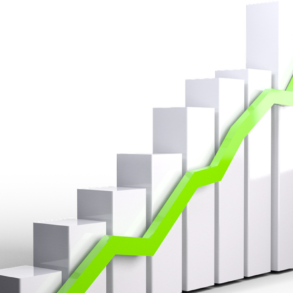The Use of the Multi-dimensional Poverty Index (MPI)
From the source of Reader Wall, it has been observed that Niti Aayog, a prominent policy commission, favors the usage of the Multi-dimensional Poverty Index (MPI) proposed by the UNDP over the previous, solely monetary-focused method. Diverging from the latter’s concentration on consumer expenditure, the MPI considers various indicators of well-being. The National MPI hinges on data from the National Family Health Survey (NFHS), with the latest gathered in 2019-21. In July 2023, Niti Aayog publicized the National MPI based on this data.
Discussion Paper on Multi-dimensional Poverty
Recently, Niti Aayog released a discussion paper on multi-dimensional poverty. This paper states that 248 million people transitioned out of poverty between 2013-14 and 2022-23, most notably under the current government. This figure is nearly double the 135 million decrease reported in the MPI statistics of July 2023, for the years 2015-16 and 2019-21. This discrepancy is largely due to extrapolations by paper’s authors, Niti Aayog member Ramesh Chand and senior advisor Yogesh Suri, from the original approximations. However, such extrapolations may not be wholly accurate for MPI-based poverty calculation, given sensitiveness of these indicators to broad economic information, made more problematic by the recent covid disruptions.
Limitations of the MPI Approach
Using twelve indicators in contrast to the UNDP’s ten, the national MPI considers maternal mortality and access to banking services and a range of others from nutrition, child, and adolescent mortality, to schooling, and structural factors such as housing, energy, etc. However, states differ in their performance with similar inputs, demonstrating the limitations of combining input and result indicators with arbitrary weights. Furthermore, changes in indicators over time reveal that progress has been inconsistent. For instance, while there has been acceleration in public provision areas such as cooking fuel and sanitation post-2015-16, aspects like assets and electricity showed slower progress compared to the preceding decade.
Need for a Detailed Analysis beyond Aggregate Poverty Estimates
The discrepancies between these individual factors necessitate thorough scrutiny apart from the comprehensive poverty evaluations. The MPI is used not to condense deprivations to a singular figure, but to understand policy focuses better. The current MPI is constrained by the question-set in the NFHS and does not cover aspects such as employment, earnings, environment, gender gaps, and social exclusion adequately.
Complementing the Monetary Approach with the MPI Approach
The MPI is a means to comprehend varied facets of poverty and well-being and serves as an analytical tool alongside money-based poverty estimates. To gain a more accurate understanding of poverty across states and over time, the government should resume its consumption expenditure-based poverty assessments. These, along with wages and employment indicators, are invaluable for examining growth and income distribution, thereby tracking poverty and inequality. The MPI, being subject to certain limitations, is unlikely to provide all-inclusive answers, hence the need to consider both approaches to fully grasp the ever-evolving patterns of growth, income distribution, and well-being.














